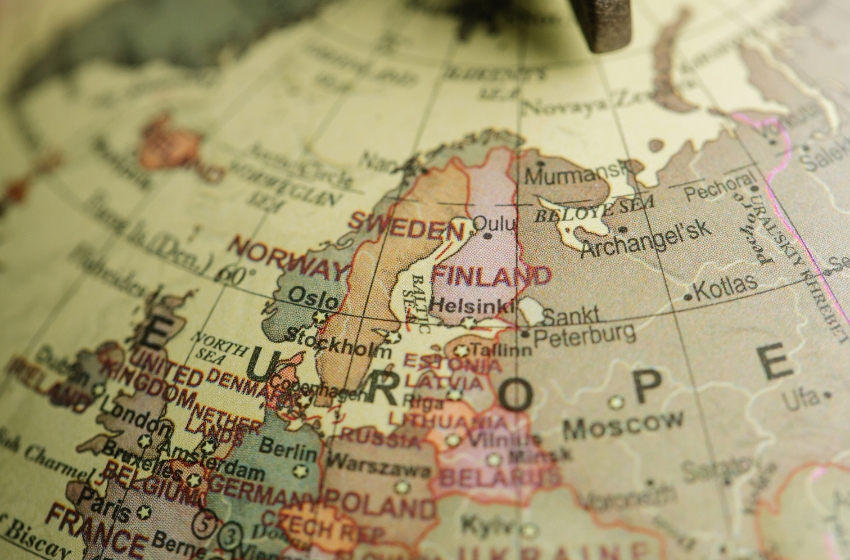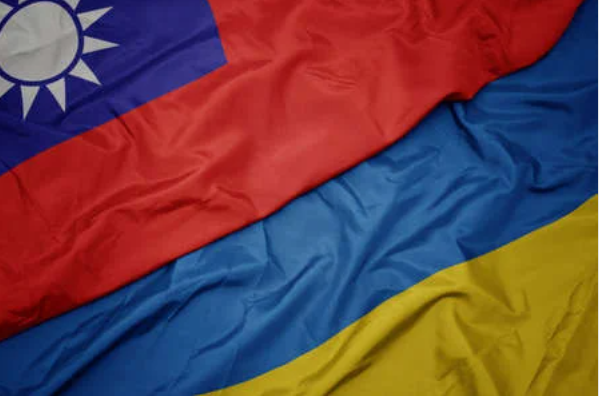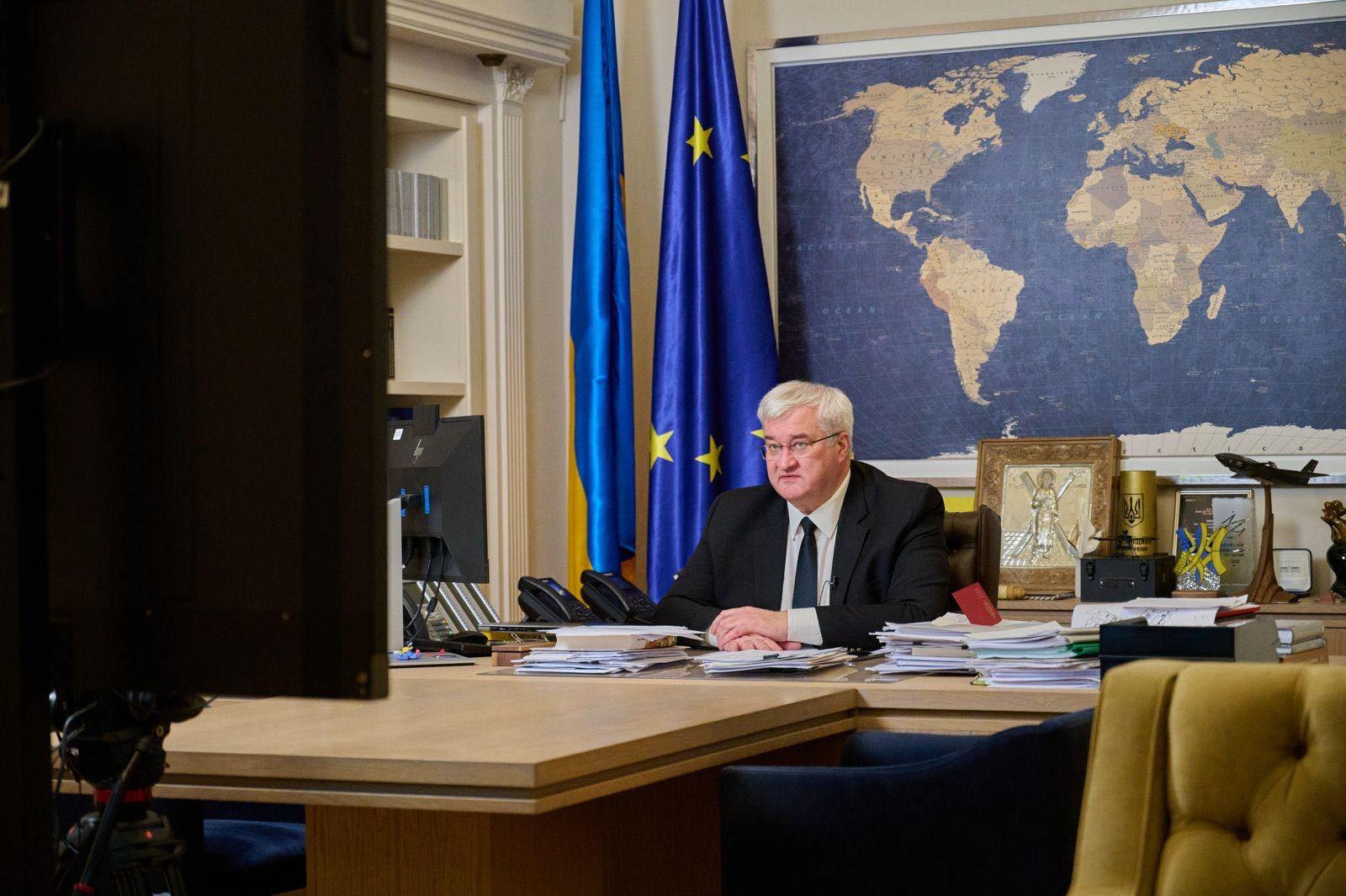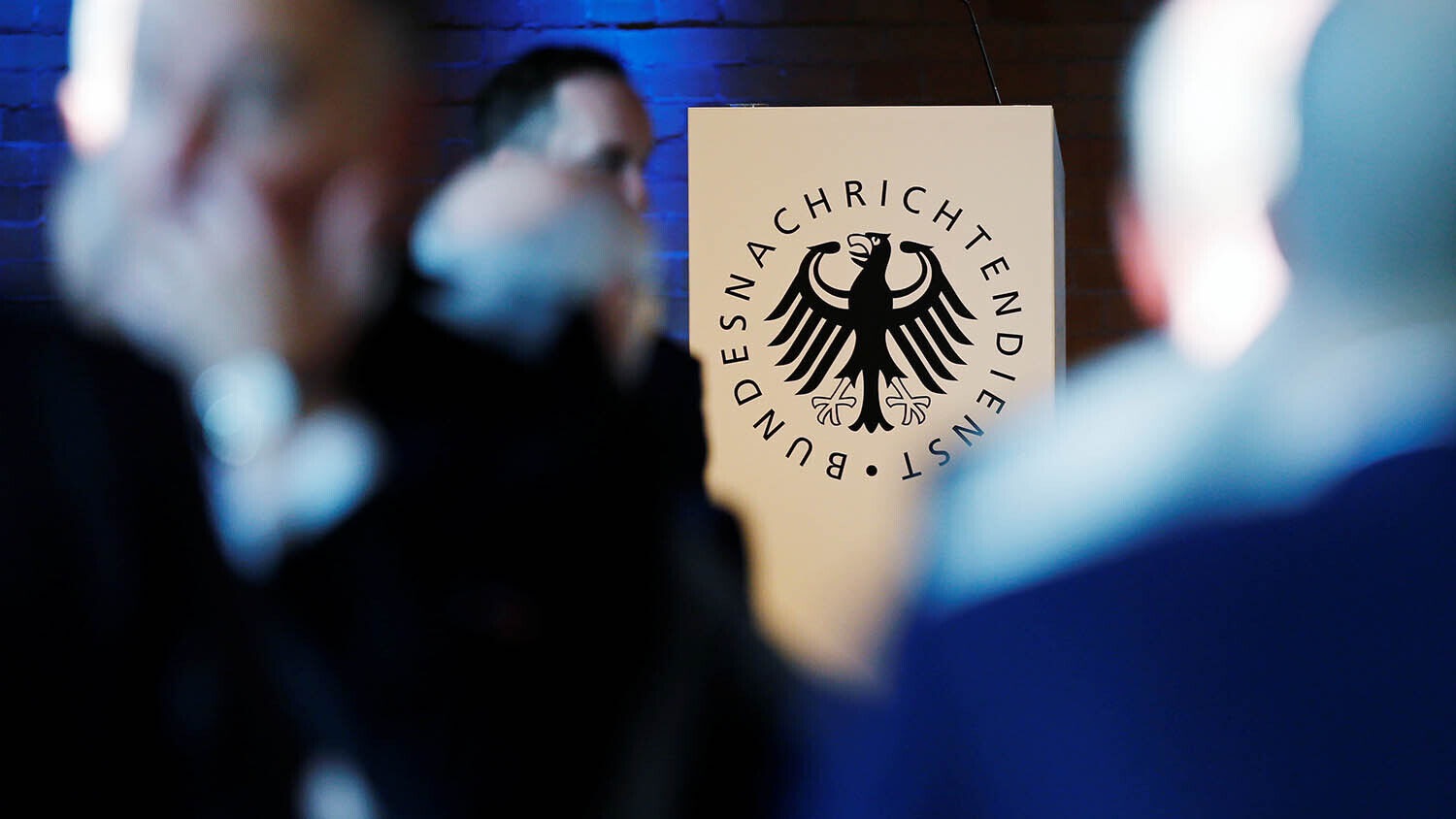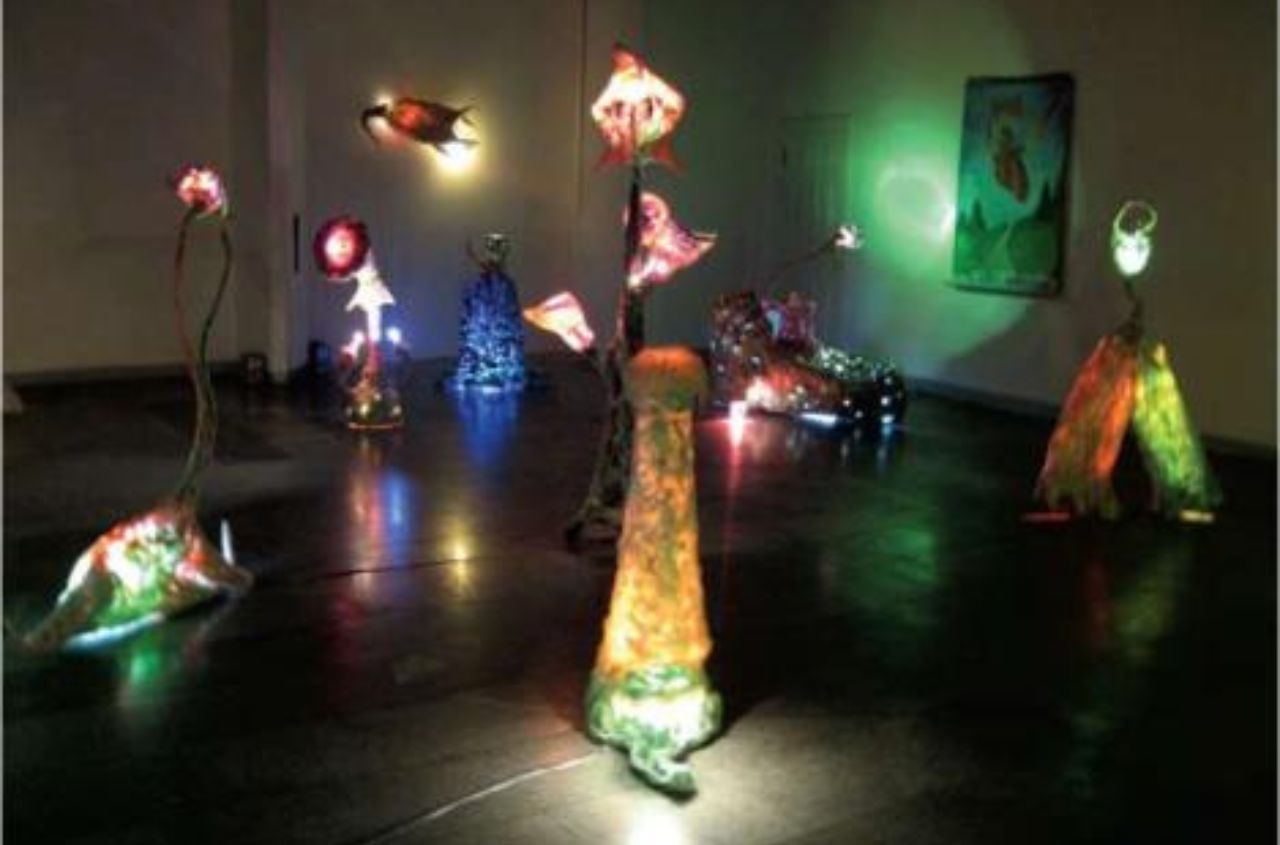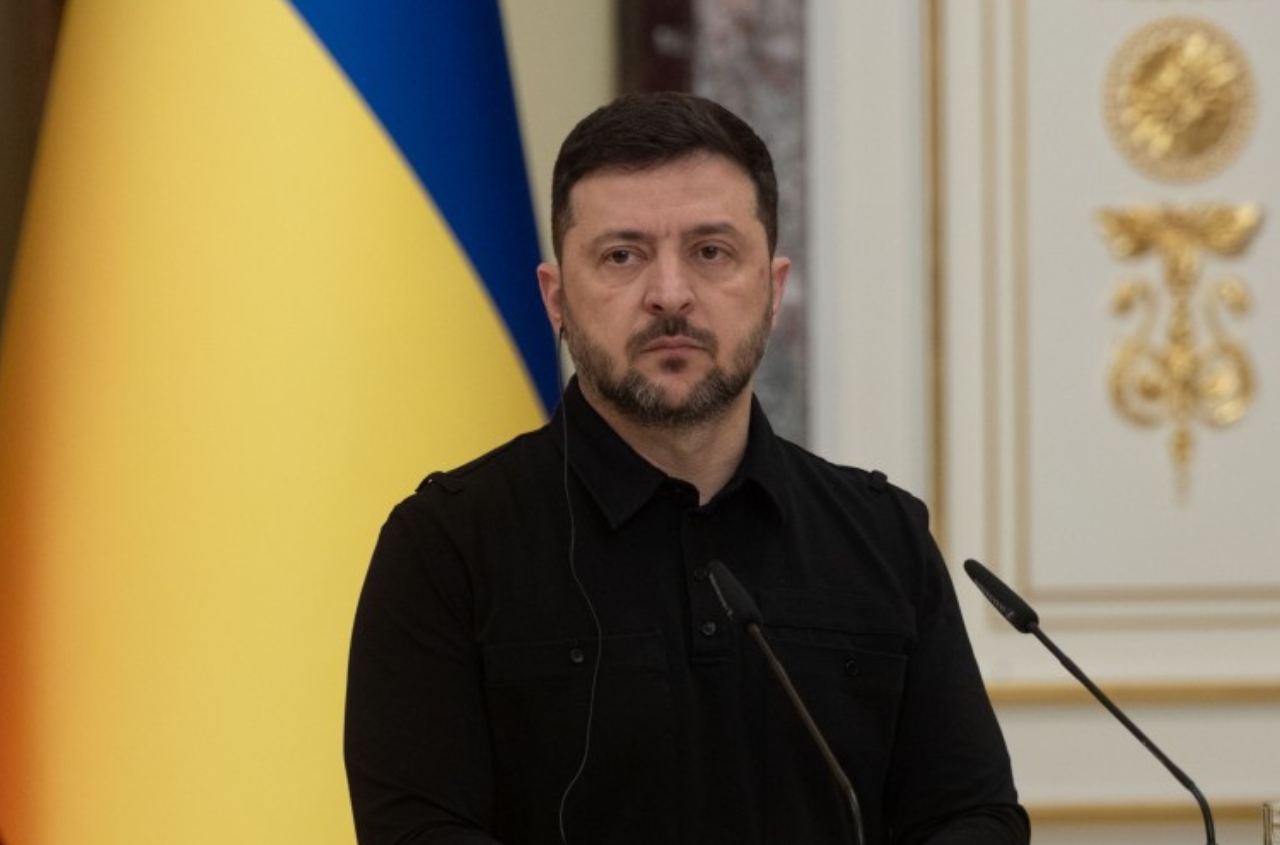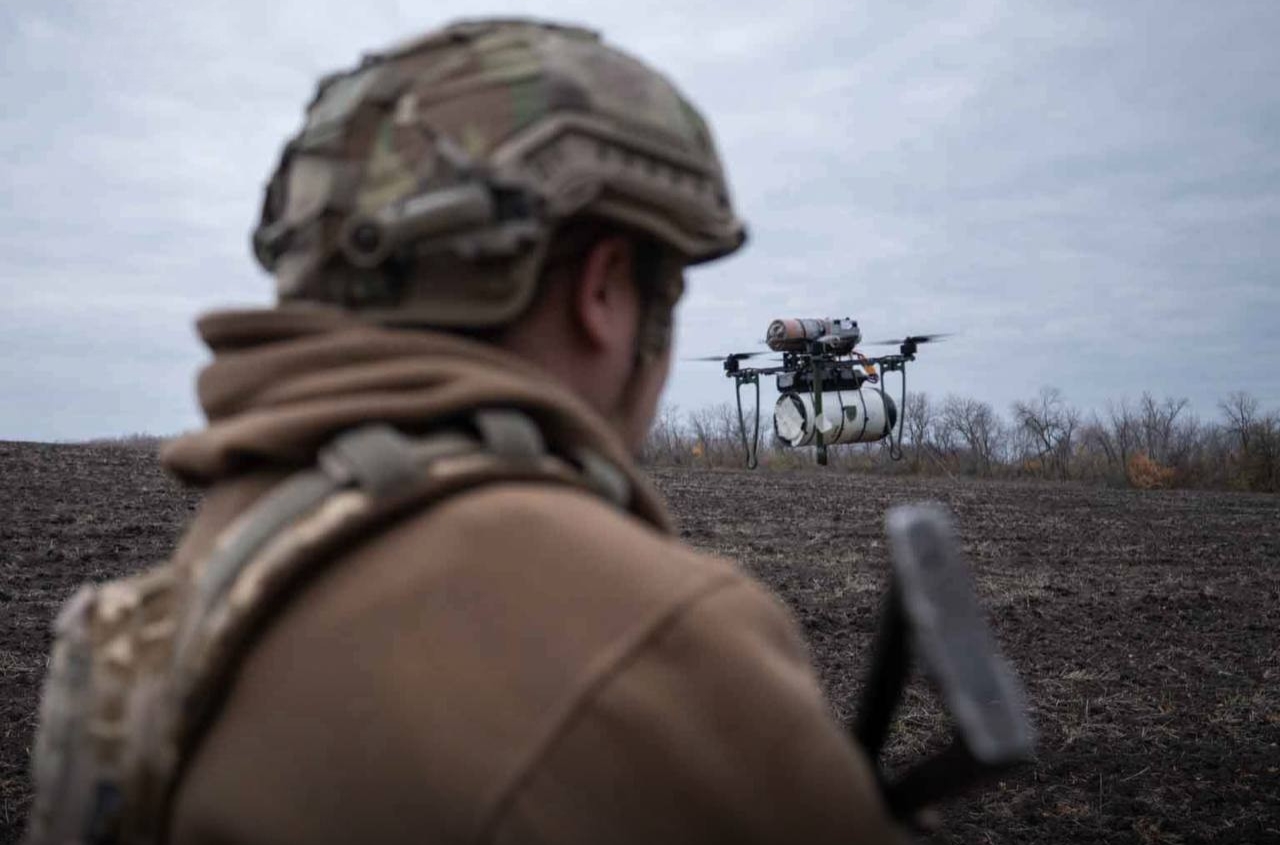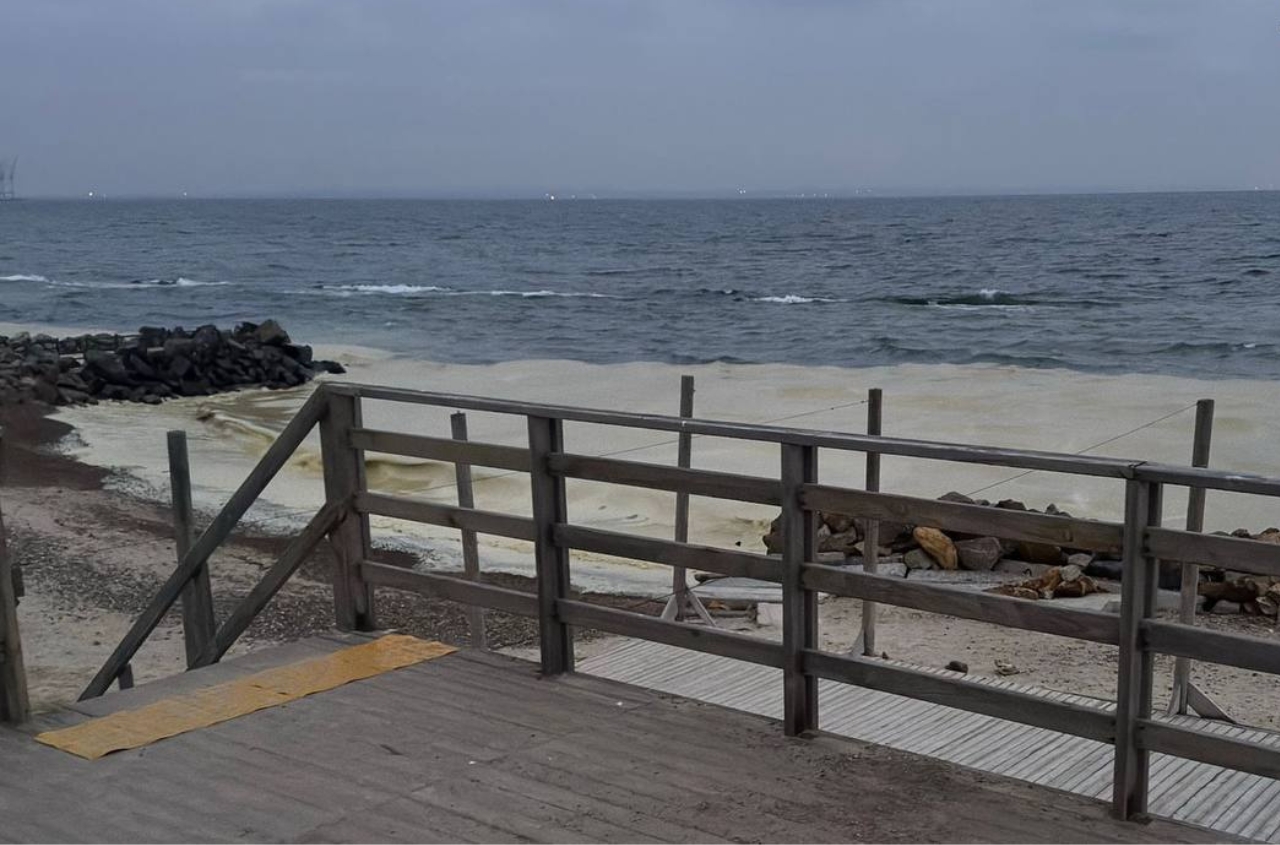The winner of the first round of the Romanian presidential elections, George Simion, spoke at a rally in Poland and endorsed the country’s presidential candidate, Karol Nawrocki. Nawrocki is running on behalf of the conservative Law and Justice party. Both candidates promote conservative, family-oriented, Christian values.
If one listens to the hysteria from a number of grant-funded organizations, one might get the impression that we’re witnessing some kind of “European Putinist conspiracy,” as a result of which nearly all of our neighbors could end up with conservative political leaders:
Simion in Romania, Nawrocki in Poland, plus Orbán in Hungary and Fico in Slovakia. The most radical critics go so far as to call these politicians practically “Putinists.” But that is far from true.
What we are witnessing in Central European countries is a wave of neoconservative revolution.
Why do these politicians sometimes allow themselves rhetoric about Russia that deviates from the European mainstream? Because all of them oppose the dominance of Brussels-style democracy — that is, the continental mainstream.
All of them are sovereigntists, not globalists.
And they perceive Russia as a conservative country.
But they are neither “pro-Russian” nor “Putin’s agents.”
They are shaping their own conservative geopolitical landscape, which, incidentally, is now emerging within the historical continuum of the former Austro-Hungarian Empire (and within the sphere of its influence).
This process will also affect Croatia, Serbia, Austria, and parts of Germany (particularly the East).
This is, as I have already said, a neoconservative European revolution — a shift from the neoliberal transhumanist agenda to a conservative one.
At first glance, the term “conservative revolution” may seem oxymoronic — such a thing shouldn't exist.
But if the left-liberal doctrine has long been the dominant mainstream, then its replacement — a transition to a new Anthropos, a new ontology of being, and a conservative anthropology — is a revolution.
And if this revolution heralds a renaissance of the conservative model of human development, then it is a neoconservative revolution.
In essence, we are witnessing in practice one of the principles of materialist dialectics, developed by Hegel in The Phenomenology of Spirit and systematized by Marx and Engels in their description of the three methods of dialectical materialism.
One of those methods is the negation of the negation.
This is the process of transition from one qualitative state to another by overcoming the old quality and reappropriating everything that was accumulated in the previous stage of development.
For example, the triad of formal logic: “This is true”; “This is not true”; “This is not untrue.”
In our case, the triad unfolds as follows:
- Conservatism is true — the initial stage.
- Conservatism is not true — the liberal-transhumanist stage.
- Conservatism is not untrue — the current stage of the neoconservative European revolution.
Or take Engels’ famous mathematical example:
The negation of a positive number X is minus X (–X).
The negation of the negation, that is –(–X), becomes –X multiplied by –X, or X².
We arrive at the original positive quantity, but on a higher level: X².
Thus:
- Original conservatism is X.
- Neoliberal transhumanism is –X.
- The current neoconservative European revolution is X².
A negation of neoliberal transhumanism, but on a higher level of development, reappropriating all that came before, without simply replicating it.
Understandably, the West intuits that this is a quasi-revolution.
But it cannot define it methodologically, labeling it variously as “pro-Trump,” “permanent revolution,” or even “pro-Russian.”
As a classic would say — this shows a lack of understanding of fundamentals, ignorance of the nature of alienation in post-industrial society, and the laws governing the formation of new social consciousness.
Ignorance of the methods of dialectical materialism leads to an inability to recognize the revolutionary state of society.
This is the trap into which the neoliberal transhumanist mainstream has fallen in recent years.
What makes the above-mentioned geopolitical moment difficult for Ukraine?
Our deep society, or foundational base, is conservative. But the capital and the ruling elites are neoliberal and transhumanist.
This duality leads to a situation where, at the level of the people, there exists a certain commonality in social and cultural anthropology with the societies of neighboring Central European countries.
And this commonality is rooted in conservatism.
However, our political elites lack effective interaction with the conservative political elites of Central European countries.
Our political elites place their bet on the neoliberal, not the conservative, part of Europe.
There is a certain geopolitical logic to this, since it is precisely in the eyes of neoliberal, transhumanist Europe that Russia is enemy number one.
But as a result, we end up in a situation where, for the neoliberal part of Europe, we are “insiders among outsiders”, and for the conservative part — “outsiders among insiders.”
This is because our European neighbors to the west and southwest are precisely the part of Europe that gravitates toward a conservative Anthropos, whereas the neoliberal, transhumanist European Anthropos is concentrated mainly in the western and northern parts of the continent.









